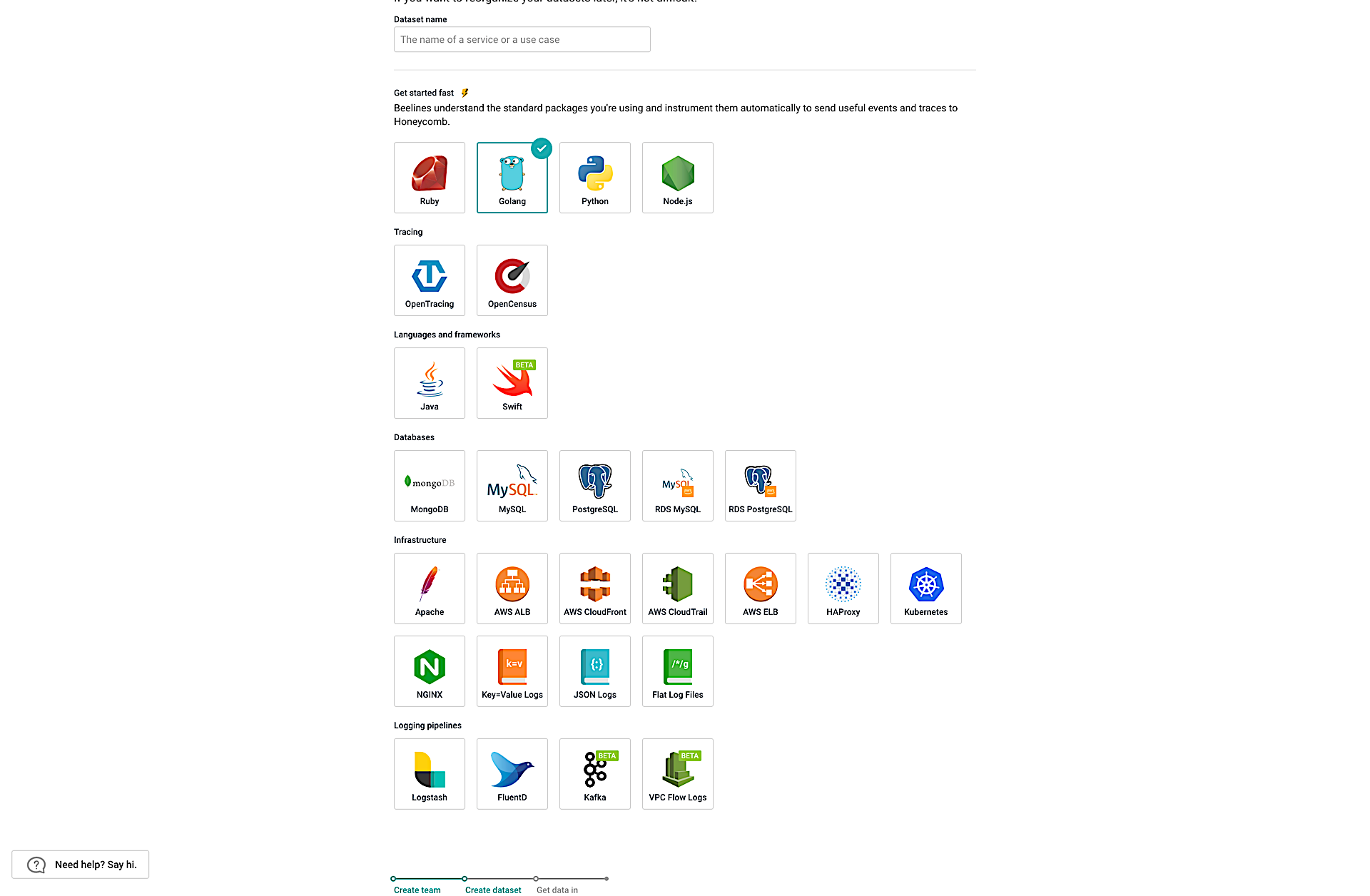System Logs & Structured Logging with Honeycomb
Achieve Observability & Include System Logs Too
Honeycomb stores all kinds of systems data including events, traces and logs.
The key here is that many logs are only portions of events, regardless of whether those logs are structured. It’s not at all uncommon to see 5-30 logs which, together, represent what could usefully be considered one unit of work.
An event is a conceptual abstraction and a structured log is one possible representation of that abstraction.
Learn how logs are different from eventsYou Might Like
How Much Should My Observability Stack Cost?
How much observability is enough? How much is too much, or is there such a thing? Is it better to pay for one product that claims (dubiously) to do everything, or twenty products that are each optimized to do a different part of the problem super well?
Read moreHow Does Honeycomb Compare to Metrics, Log Management & APM
We’ve found that Honeycomb is complementary to other tools in some cases and in others, can help you reduce your usage or replace them entirely. Because Honeycomb deals with structured data instead of unstructured text logs, we can store and compress the data more efficiently than text-based log aggregators.
Learn moreNotes from On-call Adjacency
Being on-call will always involve getting woken up occasionally. But when that does happen, it should be for something that matters, and that the on-call person can make progress toward fixing. Iterating toward more actionable content in your instrumentation will improve everyone’s experience.
Read on

